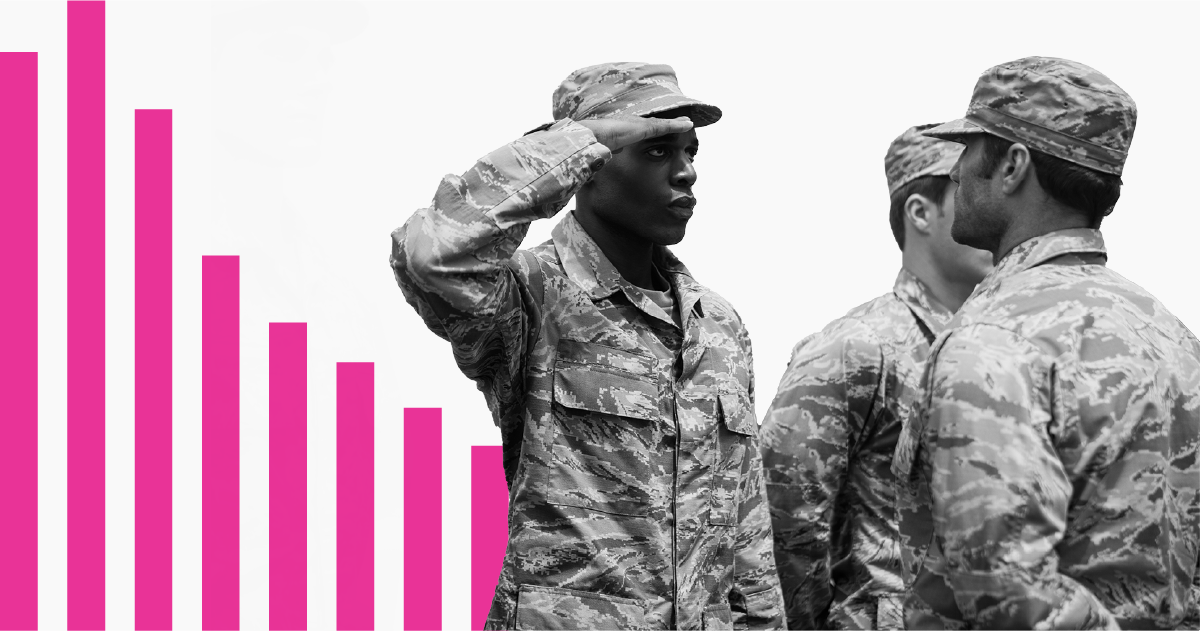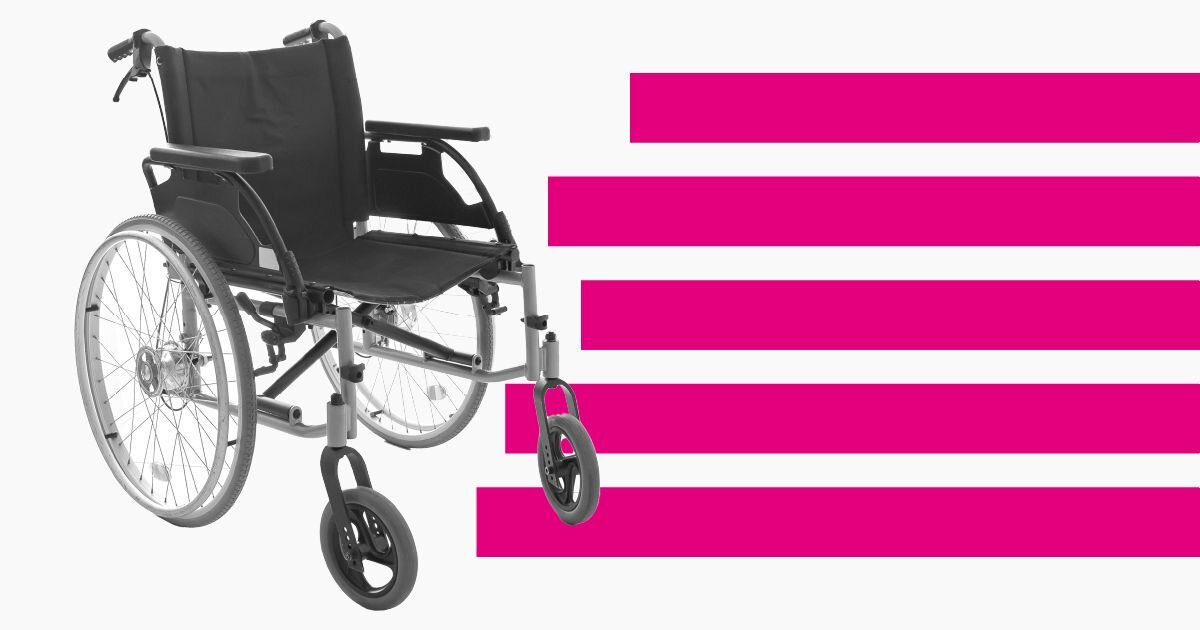The Department of Veterans Affairs (VA) spent over $266 billion in fiscal year 2022 — accounting for about 4.3% of all federal spending — on pay and pensions, healthcare, and education for the nation’s veterans.
How does the Department of Veterans Affairs spend its budget?
The majority of VA expenditures fund veterans’ compensation and pensions (50.5% of VA spending) and medical care services (38.9%).
A veteran’s eligibility for pensions and compensation depends on factors such as their age, service, and disability status. More than 5.9 million veterans and their families received financial support from the disability compensation program in 2022, one of the VA’s most-accessed programs.
The VA also provides veterans with free healthcare for conditions related to military service, for catastrophic disabilities, and for veterans with a disability rating of at least 50%. (The VA assigns veterans a numerical rating based on the severity of their service-connected disability; this rating determines their’ eligibility for benefits and the amount of their compensation.) The department also provides financial assistance to veterans who can’t afford to pay for healthcare. In 2022, the VA spent $104 billion on veterans’ medical care.
Spending per patient varies depending on the veterans’ priority group, which triages patients based on the severity of their disability or medical condition and whether the condition is related to their service.
Four percent of the VA’s annual expenditure went toward educational and vocational benefits for veterans. More than 800,000 vets, servicemembers, reservists, and family members took advantage of education benefits in 2022 — an increase from 2008 (541,439) but a decrease from 2016, when over one million accessed education benefits.
Since 2000, the US has fewer and fewer veterans each year. But even with a shrinking veteran population, government spending on vets is up. A growing share of VA funding going to disability compensation and medical care — particularly as the veteran population is aging. In 2022, almost half of veterans (49.3%) were 65 or older, while 26.5% were 75 or older. Veterans are also seeing improvements in quality of life, including lower unemployment rates.
Subscribe to get unbiased, data-driven insights sent to your inbox weekly.
How did the government support veterans during the pandemic?
The VA provided over 332 million healthcare appointments between March 2020 and May 2023, which included support for more than 870,000 veterans diagnosed with COVID-19.
The VA also gave COVID-19 vaccinations to 4.4 million veterans, administered boosters to more than 2.3 million, and sourced over one million pieces of personal protective equipment for state veteran homes and community hospitals. VA researchers conducted over 900 research projects, including studies on suicidal ideation among veterans during the pandemic.
Additionally, the VA housed 40,000 formerly homeless veterans in 2022, and helped nearly 530,000 veteran families to retain their homes or avoid foreclosure during the pandemic.
Read more about Veteran Affairs spending, explore federal revenue and spending categories, and get the data directly in your inbox by signing up for our email newsletter.
Related defense and security articles
Read data analyses written by the USAFacts team.
Page sources and methodology
All of the data on the page was sourced directly from government agencies. The analysis and final review was performed by USAFacts.
Department of Veterans Affairs
National Center for Veterans Analysis and Statistics: Expenditures



